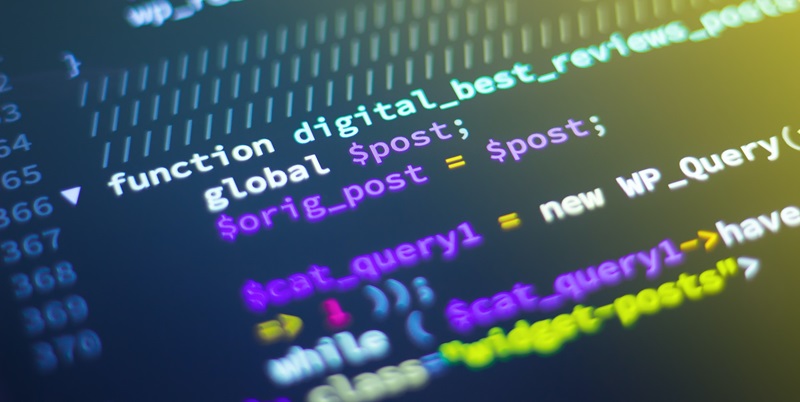Ransomware attacks have become an all too common threat for organizations worldwide. According to recent research, a staggering 75% of organizations suffered at least one ransomware attack last year, highlighting the severity and prevalence of this cyber threat. What’s even more alarming is that a significant portion of organizations (26%) experienced four or more ransomware attacks in 2023, surpassing the number of those who remained unscathed. This article delves into the statistics, impact, and strategies organizations must employ to combat this relentless menace.
The Prevalence of Ransomware Attacks
In the digital landscape, it’s not a matter of if an organization will face a ransomware attack, but rather when. Even more concerning is the fact that of the 25% of respondents who didn’t believe they were targeted by ransomware last year, some may still have unknowingly fallen victim to these attacks. This highlights the stealthy nature of ransomware and the urgent need for organizations to bolster their defenses.
Impact on Organizations
Ransomware attacks not only compromise sensitive data but also lead to significant technology outages. In fact, the survey reveals that technology outages resulting from cyber-attacks were responsible for 40% of the surveyed organizations. This underscores the potential disruption ransomware can inflict on businesses, causing financial loss, reputational damage, and operational downtime.
The Veeam Report
The Veeam report was instrumental in shedding light on the state of ransomware attacks and the measures organizations are taking to protect themselves. The report surveyed 1,200 IT leaders and data protection implementers, providing valuable insights into the current landscape and necessary steps toward mitigating the risk.
Broadening Data Protection Strategies
While cybersecurity measures are crucial, organizations must broaden their data protection strategies to encompass all potential risks and threats. The report’s findings raise a critical question: if organizations solely focus on cybersecurity, how will they address storage failures, accidental deletions, or other unforeseen disasters? Comprehensive data protection encompasses not only cybersecurity but also robust backup and recovery systems.
Enhancing Backup Capabilities
It comes as no surprise that a significant focus among IT leaders is enhancing backup capabilities. The report found that 54% of organizations anticipate changing their primary data protection solution in 2024. This shift demonstrates a growing realization that a resilient backup infrastructure is crucial for quickly recovering from a ransomware attack. Organizations must adopt modern backup technologies that provide both redundancy and the ability to restore data swiftly.
Increasing Data Protection Budgets
To effectively combat the rising ransomware threat, organizations are recognizing the need to allocate adequate resources. According to the Veeam report, data protection budgets are expected to increase by 6.6% in 2024 compared to the previous year. This rise in investment indicates that organizations understand the significance of proactive measures to safeguard data and counter the ever-evolving ransomware landscape.
Job Migration in IT
Another interesting finding from the report is that 47% of IT leaders and data protection professionals intend to seek new job opportunities outside of their current organizations within the next 12 months. This finding begs the question of what factors are driving professionals to explore new career prospects. It could be the desire for more challenging roles or the need to align with organizations prioritizing robust data protection approaches.
The prevalence of ransomware attacks on organizations is a sobering reality and demands urgent action. It is crucial for organizations to acknowledge the inevitability of ransomware attacks and implement comprehensive data protection strategies that go beyond cybersecurity measures alone. By placing a greater emphasis on enhancing backup capabilities and allocating substantial budgets towards data protection, organizations can strengthen their defenses and minimize the impact of ransomware attacks. Additionally, it is imperative to retain skilled IT professionals who understand the significance of data protection and actively combat cyber threats. Prioritizing comprehensive data protection and staying updated on emerging threats can help organizations better shield themselves from the relentless onslaught of ransomware.

